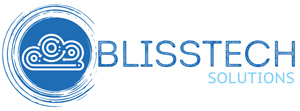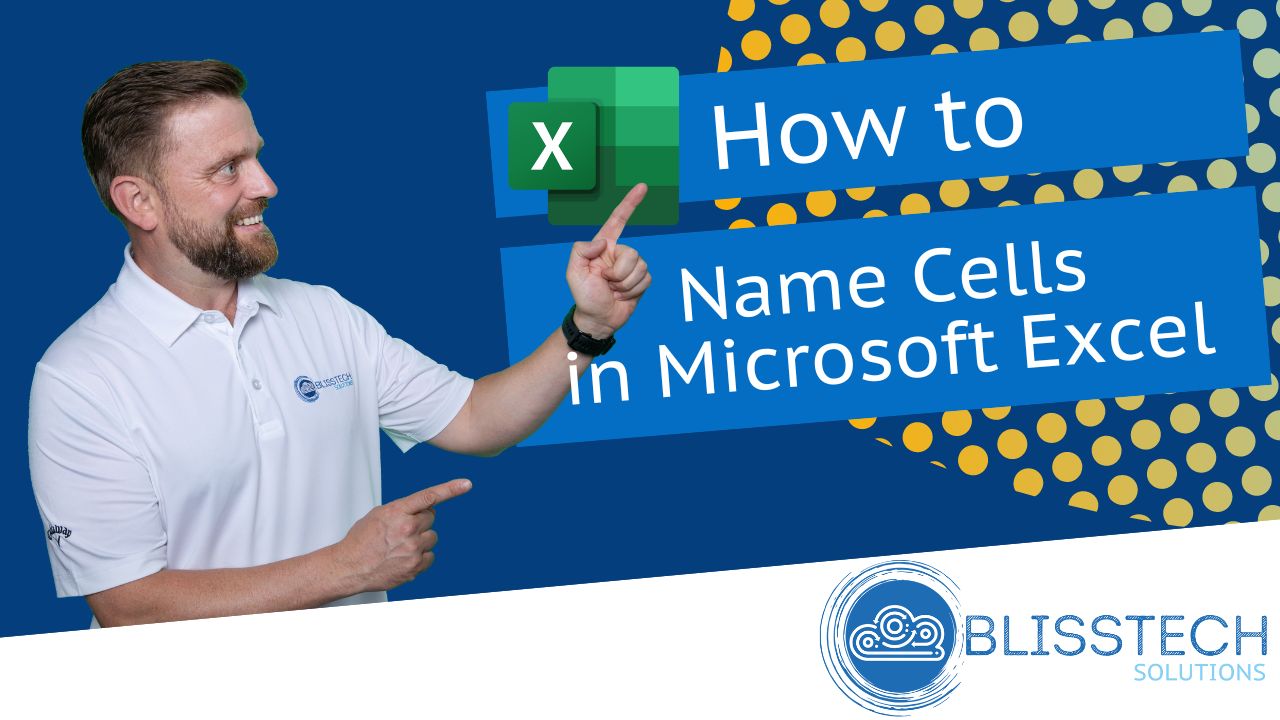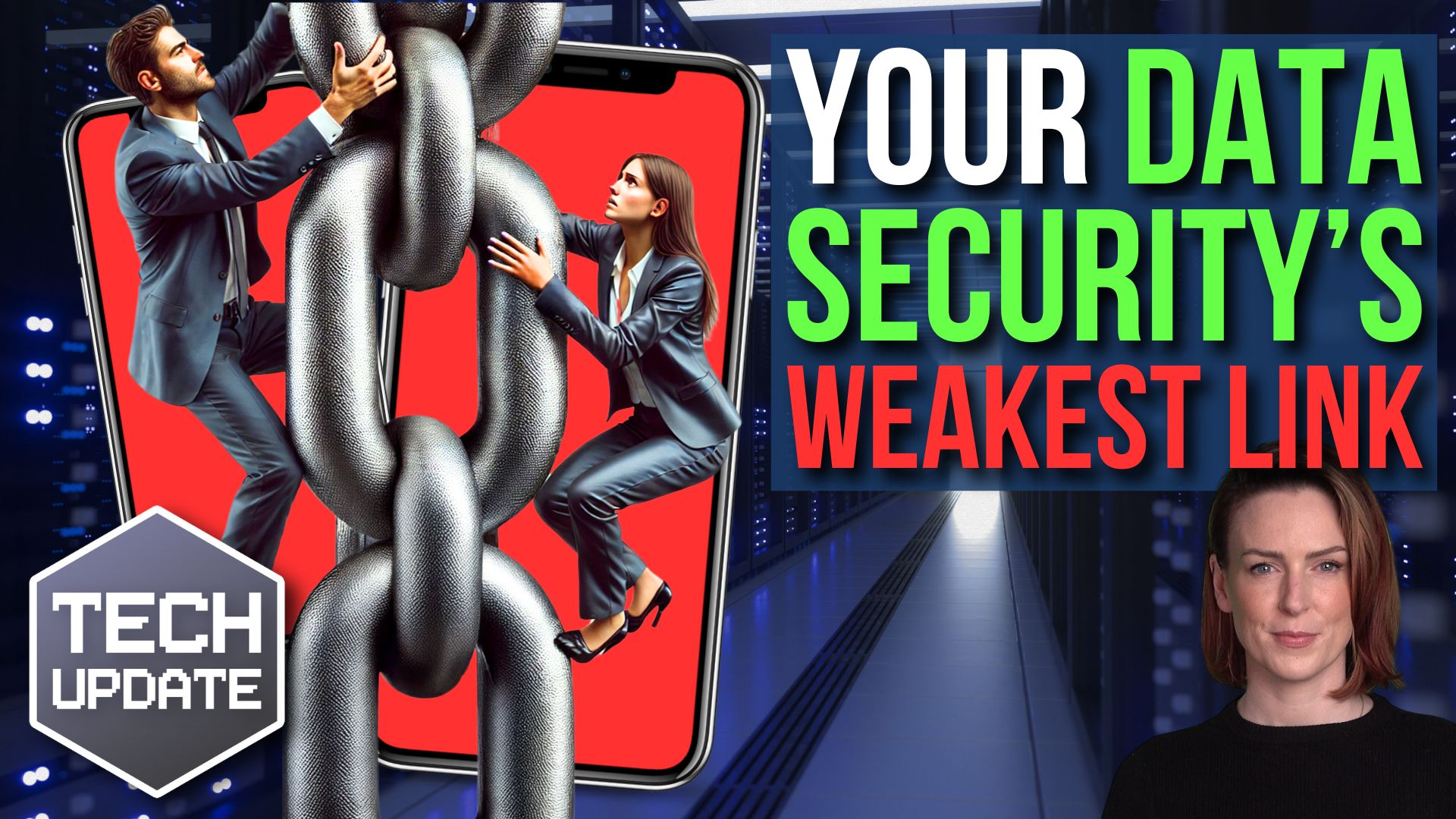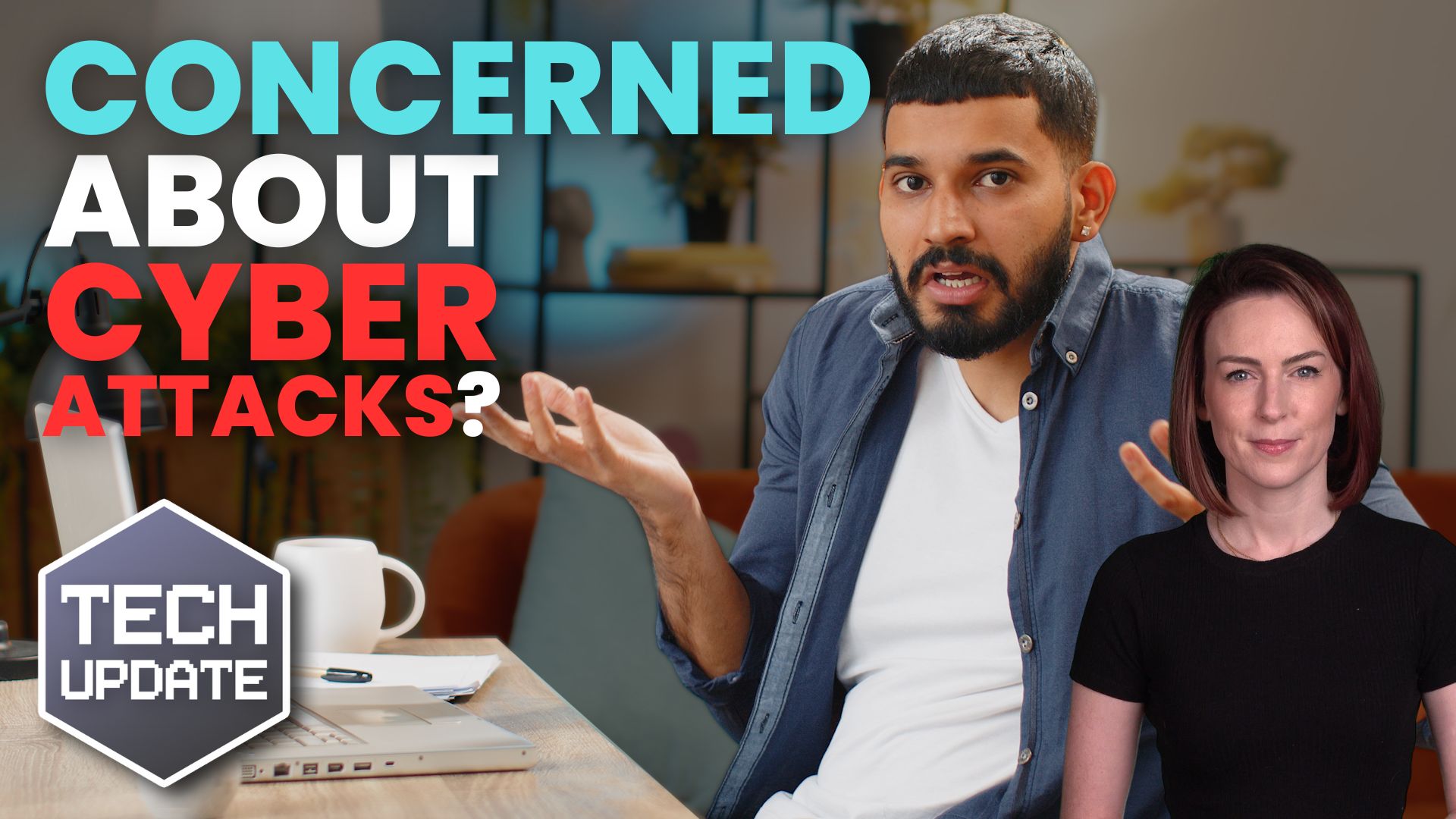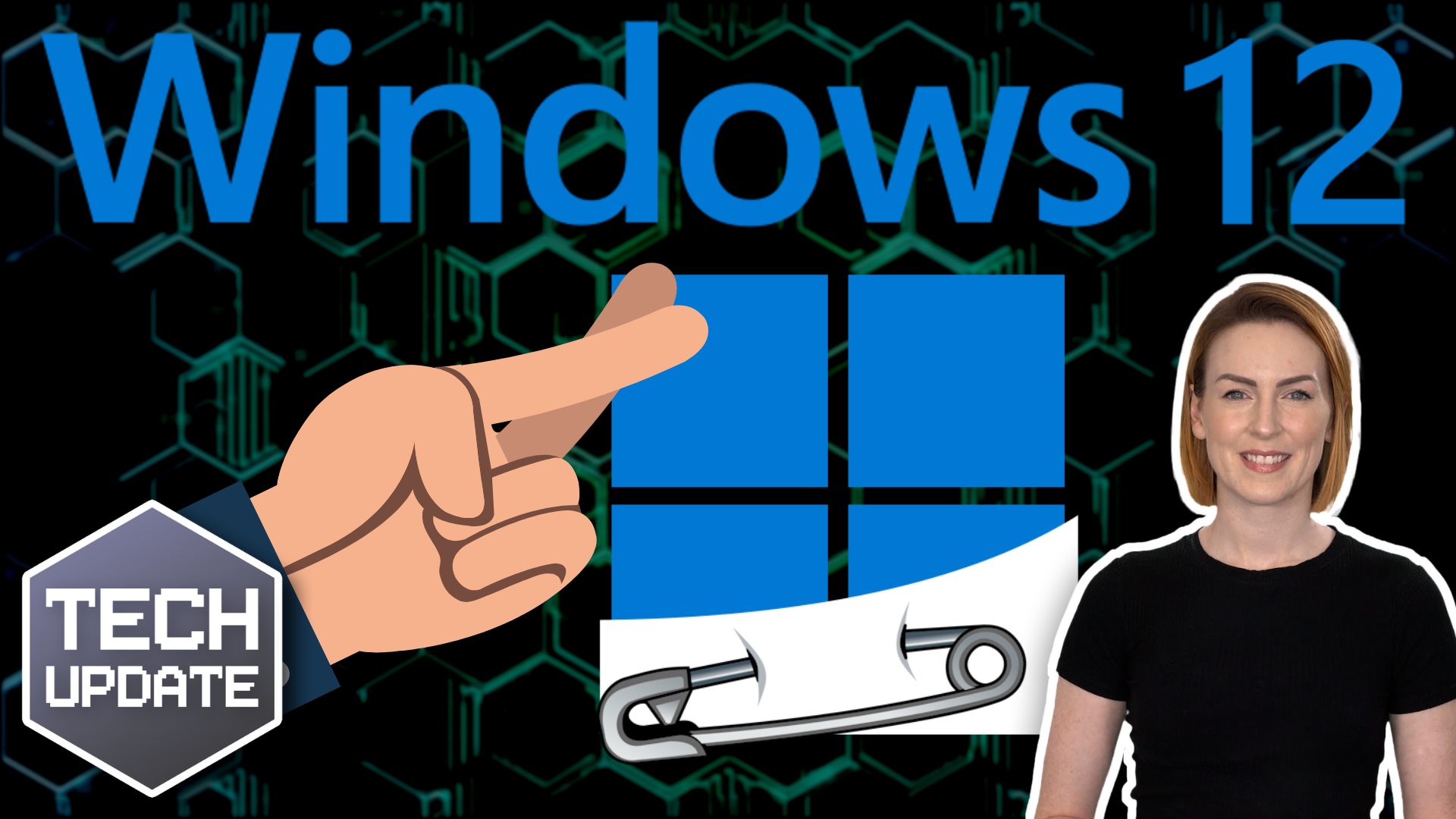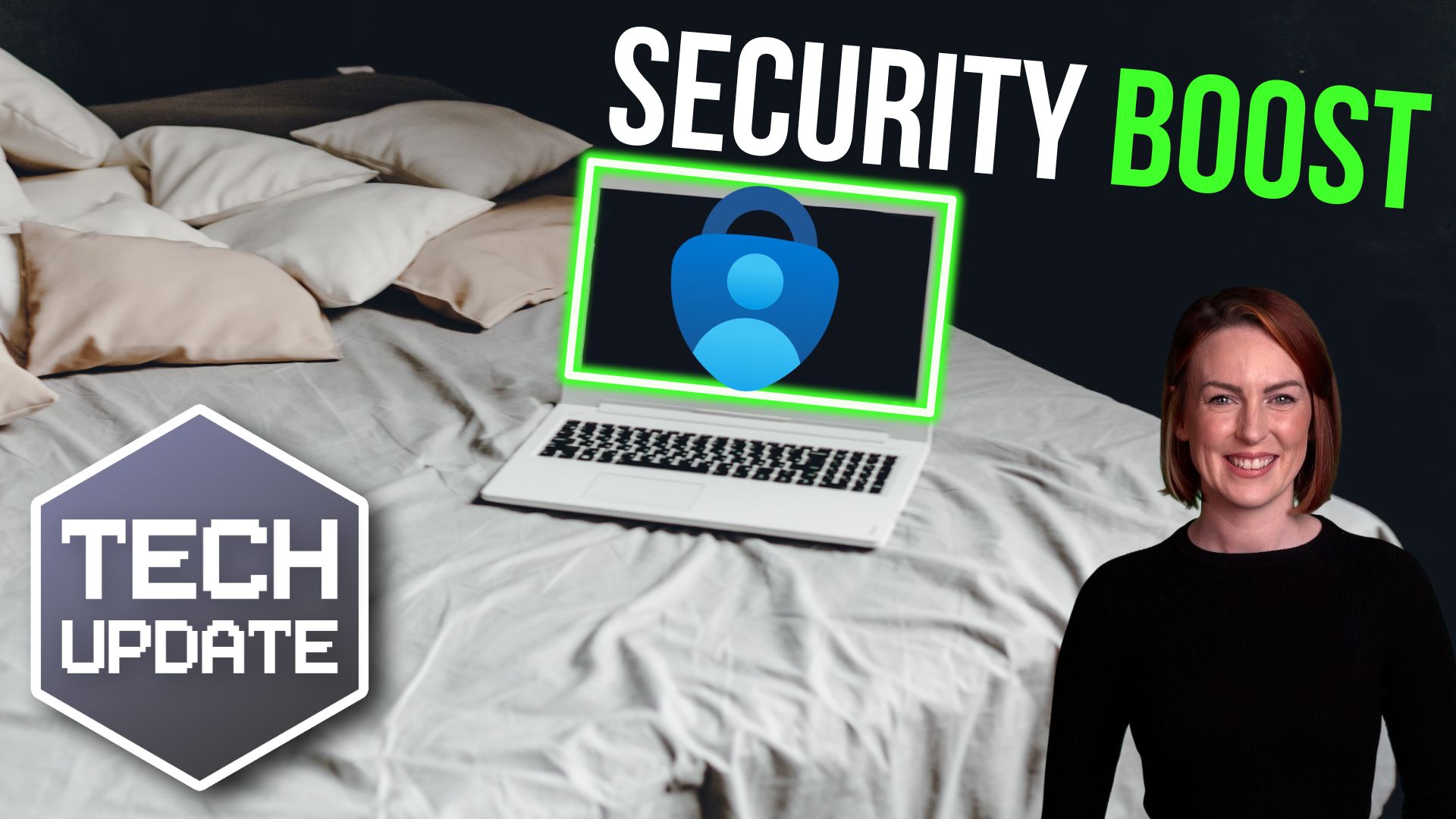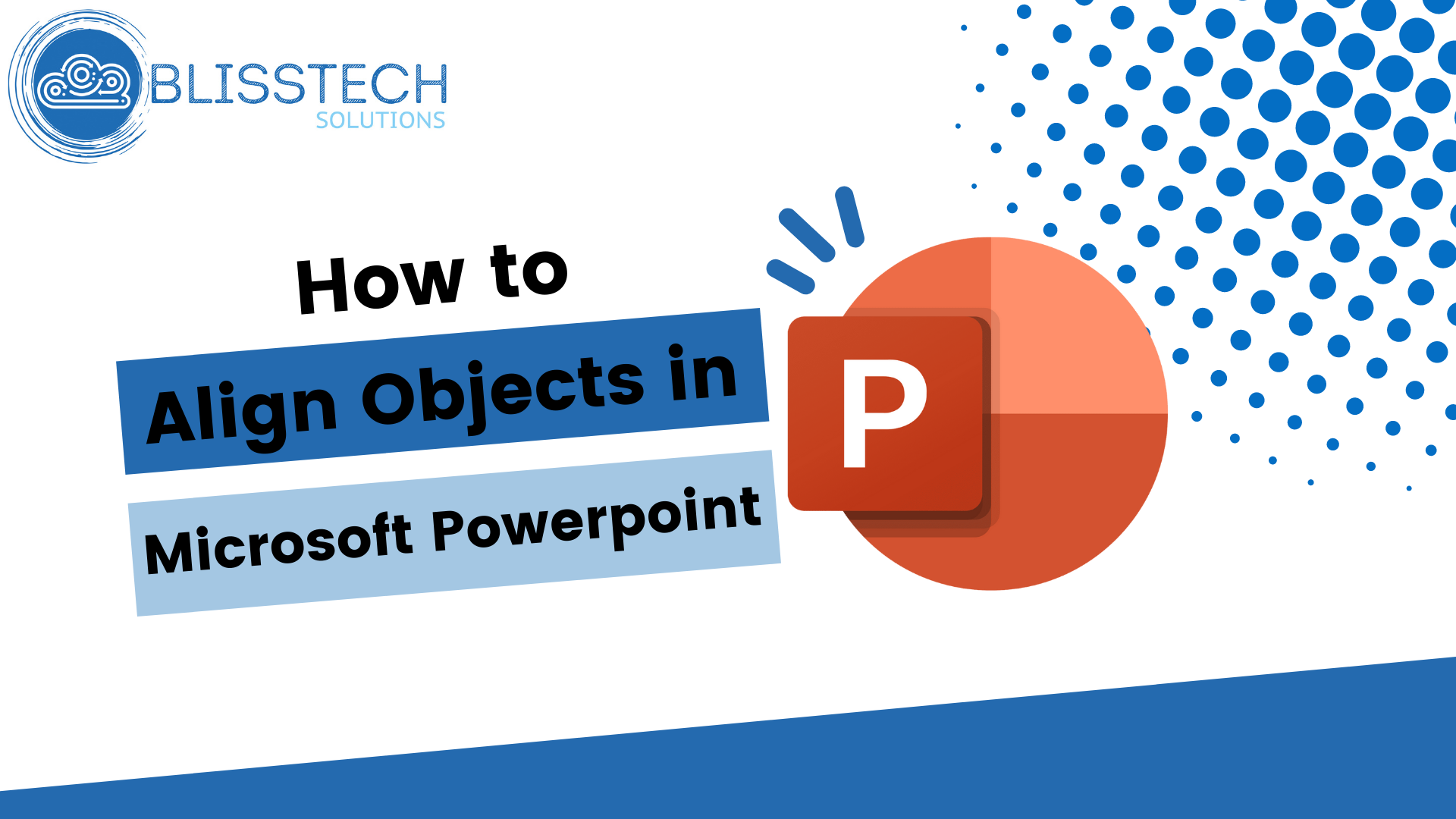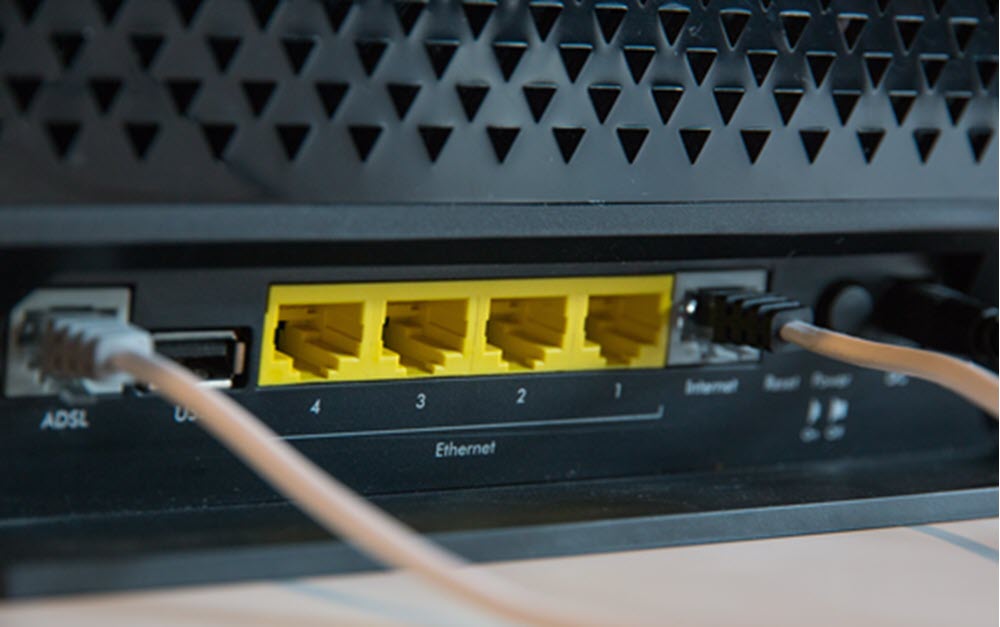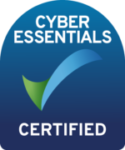Today, many business owners install an antivirus program as their single line of defence and call it a day. However, there are many ways to get into a network that circumvents anti-virus.
Hackers are creating malware faster than anti-virus programs can recognise them (about 100,000 new threats are released daily), and professional cybercriminals test their creations against all commercially available platforms before releasing them.
Even if you had a perfect anti-virus program that could detect and stop every single threat, there are many attacks that circumvent anti-virus programs entirely. For example, if a hacker can convince a user to reveal their password using social engineering and install a legitimate remote access tool via a waterholing attack, anti-virus is not going to save you when they remote into your business and get to work.
There are several vulnerabilities a hacker can target: the physical layer, the human layer, the network layer, and the mobile layer. You need a defence plan that will allow you to quickly notice and respond to breaches at each level. Network and mobile layer protections are well known, but you may not be familiar with the layers and how to protect them.
Physical Layer
The physical layer refers to the computers and devices that you have in your office. It is exploited surprisingly often. However, it is the easiest to defend.
Here are a few examples:
- In 2015, 60% of California businesses reported a stolen smartphone and 43% reported losing a tablet with sensitive information.
- The breaches perpetrated by Chelsea Manning and Edward Snowden occurred because they were able to access devices with sensitive information.
- As an experiment, Comptia left 200 USB devices in front of various public spaces across the country to see if people would pick a strange device and insert it into their work or personal computers. 17% of consumers fell for it.
For the physical layer:
Keep all computers and devices under the supervision of an employee or secured at all times.
Only let authorised employees use your devices.
Do not plug in any unknown USB devices.
Destroy obsolete hard drives before throwing them out.
In short, taking responsibility for data security involves a lot more than just a software program.
Human Layer
Humans are the weakest link for cybersecurity. A hacker only needs to find one poorly informed, curious or careless employee and they potentially have the keys to your businesses IT. Some of the techniques employed by the hacker are social engineering, phishing and waterholing and all are designed to trick a user into doing something they shouldn’t. Some examples of famous security breaches that were results of the human layer are:
- In 2011 the security company RSA was hacked which was just the starting point that led to the attack against the ultimate target, Lockheed Martin. The attack started with an Excel document, sent to a small group of RSA employees, via email, which contained a malicious code which opened a backdoor for the hackers.
- Sony was famously hacked in 2014. Thousands of files, including business agreements, financial documents and employees’ information, were stolen. They were targeted by a spear-phishing attack which looked like emails from Apple.
- In 2016 the Democratic National Committee was hacked which famously led to emails being published on Wikileaks. The hackers used spear-phishing with an email, that looked just like it had been sent by Google, requesting that the user reset their password due to malicious activity. This tricked the user into entering their password, giving the hackers access to their email accounts.
Protection for the human layer comes down to training and education. Following the training, you need to keep users on their toes and there are services available that will send users fake phishing emails and report who clicked on things they shouldn’t have. Don’t get hacked because of PEBKAC. Educate and empower your users to be your first line of defence!
Learn more about how Blisstech Solutions cyber-security services can help. Contact us at 01299 382 321 or [email protected].
